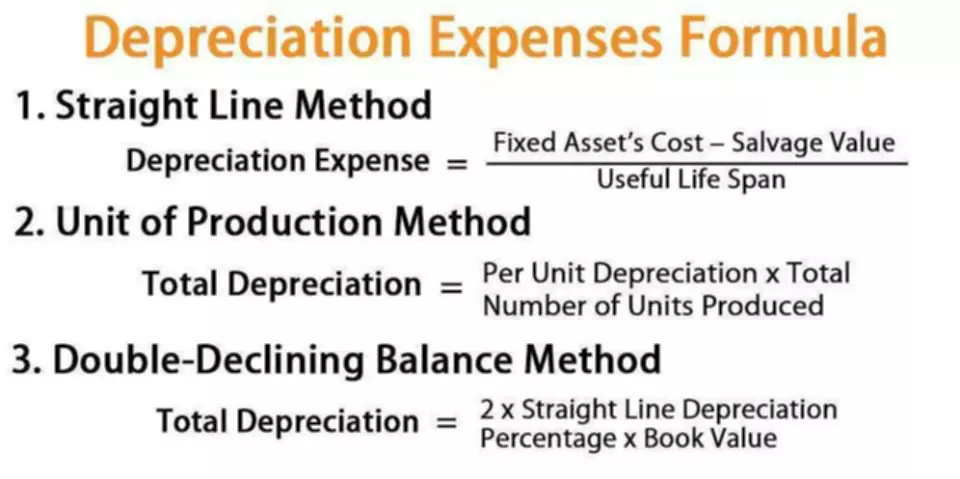The five assertions a revisit categories of assertions about which auditors must collect adequate evidence to support financial statement items Auditing
Content

Is it so, that the smaller the entity is, the other IC components than control activities, are the drivers in the assessment of the inherent risk. Good tone at the top, good accounting systems and processes, ”good people” etc, as there are no formal controls. You may be wondering if financial statement level risk can affect assertion level assessments. Occurrence and cutoff have not been a problem areas in past years. The auditor may decide to examine items whose recorded values exceed a certain amount to verify a large proportion of the total amount of the items included in an account.

As noted above, a company’s financial statement assertions are a company’s stamp of approval—that the information in its financial statements is a true representation of its financial position. This includes any information on the balance sheet, income statement, and cash flow statement, and pertains to each and every asset and liability that appears on these forms. Financial statement assertions are statements or claims that companies make about the fundamental accuracy of the information in their financial statements. These statements include the balance sheet, income statement, and cash flow statement. Also referred to as management assertions, these claims can be either implicit or explicit. Without classes there is no basis for planning, conducting or reporting on work performed.
Management assertions in auditing
How does the auditor gather sufficient evidence to support completeness? If internal control policies and procedures are adequate, there is a reasonable assurance that all transactions are being captured and recorded. Also, the use of analytical procedures can be helpful in satisfying this objective. If the auditor has appropriate “benchmarks”– trend analyses, ratios that make sense, there may be significant support for the completeness assertion. For each assertion, the auditor must consider which classes of transactions apply and then determine how much evidence to gather in order to support that particular assertion. Management Assertions relate only to financial statement presentation because they are based on assertions about whether the statements present fairly what management has done over a given period of time. An audit is a review of an entity’s financial statements and other information to assess its compliance with laws, regulations, contracts, and grant agreements.
- As the confirmation of receivables may provide sufficient competent evidence for the existence assertion, the ratio of cost of goods sold to sales may suggest that all sales have been recorded.
- Checking payroll records to ensure the expense account for salaries and wages does not include any unauthorized amounts.
- It is based on the accounting equation that states that the sum of the total liabilities and the owner’s capital equals the total assets of the company.
- Financial performance measures how a firm uses assets from operations to generate revenue.
- As you consider the significant account balances, transaction areas, and disclosures, specify the relevant assertions.
- Auditors design specific tests to address these objectives in each audit area.
SAS 31 also calls for auditors to set audit goals for every assertion for all important account balance or class of transactions. Selection of audit procedures that would generate the evidence needed to support the audit goals is likewise recommended. It is essential for auditors to re-examine SAS 31 because many of them still do not comprehend the need for performing procedures specified in standard audit programs and financial statement assertions. The preparation of financial statements is the responsibility of the client’s management. Likewise, we usually use these assertions to assess external financial reporting risks. At ESG | The Report, we believe that we can help make the world a more sustainable place through the power of education.
Audit Assertions Balance Sheet
Accounting PeriodAccounting Period refers to the period in which all financial transactions are recorded and financial statements are prepared. This might be quarterly, semi-annually, or annually, depending on the period for which you want to create the financial statements to be presented to investors so that they can track and compare the company’s overall performance.
What are audit assertions and examples?
Examples include: Verifying all salaries and wages are fully recorded in the proper accounts and correct accounting period. Comparing inventory levels to sales data to confirm all inventory is properly recorded at period end. Examining bank statements to verify all deposits made have been properly recorded.
The auditor gathers evidence about the assertions made by management in order to form conclusions about whether those assertions are reasonable. Assertions may be related to accounting pronouncements or matters such as fraud. In this post, we will examine an auditor’s assertion to an auditor’s conclusion, and everything in between. These assertions relate to the income statement and balance sheet as well. So, these assertions apply to both classes of transactions and account balances. Financial statements are of limited utility if they’re not readily understood by stakeholders. Testing this assertion confirms data is presented in a way that provides crystal-clear accessibility with regard to the parties, account balances, and related disclosures involved in all transactions for a given accounting period.
Valuation and allocation
For example, an auditor will develop tests to determine whether a company has properly accounted for its borrowing transactions during the period. These tests are specific to the accounts and information systems in place at the company being audited. Audit tests developed for an audit client are documented in an audit program.
- Verifying accounts receivable balances by reviewing all activity related to a given customer.
- All buildings owned and controlled by the entity are included within the carrying amount of $10 million.
- Sufficient and appropriate disclosures have been made on related transactions, events and account balances.
- The transaction & events assertions relate to the income statement and the activity throughout the year.
- Salaries and wages cost in respect of all personnel have been fully accounted for.
- Auditors are required by ISAs to obtain sufficient & appropriate audit evidence in respect of all material financial statement assertions.
Audit evidence is all the information, whether obtained from audit procedures or other sources, that is used by the auditor in arriving at the conclusions on which the auditor’s opinion is based. Audit evidence consists of both information that supports and corroborates management’s assertions regarding the financial statements or internal control over financial reporting and information that contradicts such assertions. Physical examinations are useful procedures for auditing assertions because they provide highly reliable audit evidence regarding the existence of assets. Inspections go beyond merely scrutinizing the supporting documents. They verify that the items in the documents do, in fact, exist as observed by the auditor. These can be done with assets such as inventory, cash, shares and securities.
Types & Examples
The auditor would have to determine which level is necessary and then gather that type of information in order for their opinion of the financial statements to be accurate. Management Assertions provide a basis for the auditor to form an opinion on a company’s financial statement. The assertions are about whether the financial statements present fairly, in all material respects, the financial audit assertions position, results of operations and cash flows of the company. SOX also created the Public Company Accounting Oversight Board —an organization intended to assess the work performed by public accounting firms to independently assess and opine on management’s assertions. The PCAOB’s Auditing Standard number 5 is the current standard over the audit of internal control over financial reporting.
- If you want to test out the authenticity of this assertion, you can review legal documents, such as deeds, and borrowing agreements for loans and other debts.
- However, understanding what auditors are looking for can help to ease your panic.
- IFRS developed ISA315, which includes categories and examples of assertions that may be used to test financial records.
- The assertion of the existence of an asset or liability is the basis for verifying whether that particular asset or liability existed with the small business on the given date.
- The reliability of information generated internally by the company is increased when the company’s controls over that information are effective.
Checking payroll records to ensure the expense account for salaries and wages does not include any unauthorized amounts. Financial performance measures how a firm uses assets from operations to generate revenue.
Similar to Assertions in the Audit of Financial Statements (Audit) (
Our goal is to provide CPAs and other accounting professionals with the information and news to enable them to be successful accountants, managers, and executives in today’s practice environments. Classification — financial statements are clear and appropriately presented. Rights and Obligations — the transactions and disclosures pertain to the entity. Transactions and eventsOccurrence — the transactions recorded have actually taken place. All transactions and events that have been recorded have occurred and pertain to the entity. Transactions, events, balances and other financial matters have been disclosed accurately at their appropriate amounts.
























































